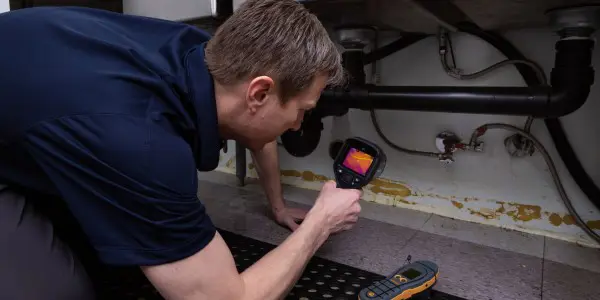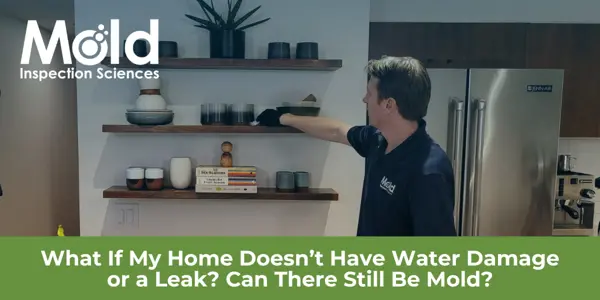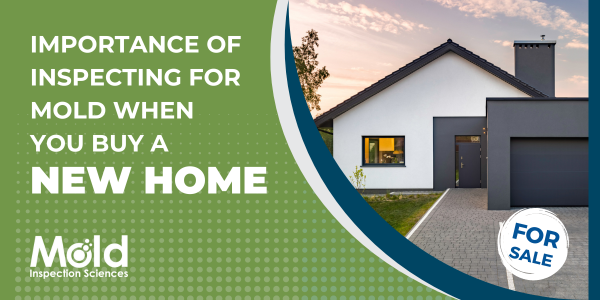Why You Need a Mold Inspection - Part I

One of the most common questions our offices receive is "Why do I need a mold inspection? Won't mold sampling and testing tell me what I need?" From our experiences over the last 10 years, which includes tens of thousands of mold inspection projects across five states, we consider the mold inspection to account for about 75% of the puzzle and mold sampling and testing to account for the other 25%.
Both parts are important, but they must be done in tandem -- you can't just count on one to tell the entire story.
Rather than write abstractly about why you need both an inspection and testing, I thought it would be more useful to provide a number of examples to make my case. This posting will be the first of several hypothetical case studies I'll present.
Our client, Mr. Brown, is in contract to purchase a new home. He wants to make sure that he has no water intrusion or mold problems that could cost him money to repair or that would cause his family health problems. But, Mr. Brown is concerned about the cost of the inspection and the testing. He believes his home inspector will do a thorough inspection, so he just wants mold testing in a few rooms and wants to skip the mold inspection. We warn him against this decision and try to explain the need for the mold inspection, but he won't be swayed.
He asks us to collect air samples in a few rooms in the home; including the master bathroom and master bedroom. All of the air samples come back from the lab as "normal". Mr. Brown purchases the home and believes everything is ok from a water and mold standpoint. About a month after moving in, he notices a really musty odor in his master bedroom and is seeing some swelling of the drywall adjacent to the master bathroom shower. He hires a plumber to investigate. The plumber opens up the access panel to the shower plumbing and finds the inside of the wall full of mold. Mr. Brown is upset because he had mold testing performed in both the bedroom and bathroom and the air samples were normal. How could this happen?
A proper mold investigation requires both a mold inspection and mold testing. Had Mr. Brown paid for the mold inspection, the inspector would have used their moisture meter around all plumbing areas and places where water and mold are often found -- like the areas adjacent to the shower. The inspector would have found elevated moisture and would have observed the staining and swelling of the drywall. The inspector would have recommended a wall cavity sample or invasive testing or both. The mold inspection service would have uncovered the mold problem.
Now, Mr. Brown is faced with a very expensive mold remediation project and repair of the drywall and shower. Since he has already purchased the home, he will likely have to pay for it himself. Had he spent just a little more money for the mold inspection during his due diligence, the responsibility to repair the shower and pay for the mold remediation would have been the seller's.
That said, Mr. Brown did pay for mold testing of the air in the master bathroom and bedroom. How were those samples "normal"? The mold growth had an active source of water and food. Thus, it was not actively sporulating. And, it was trapped inside a wall cavity. Under these conditions, it is perfectly normal to have an air sample with no elevated spore counts in the air even though there is active mold growth in the area.
Again, this is why you need both a mold inspection -- a big part of which is a moisture intrusion investigation -- and mold testing.
Check Out What a Mold Inspection Report Should Look Like

- Tips & Recommendations to solve help solve issues found on your property
- Suggestions to avoid the possibility of continued or future issues
- An Expert Action Plan for mold and moisture in your home and office that may be responsible for your health problems




